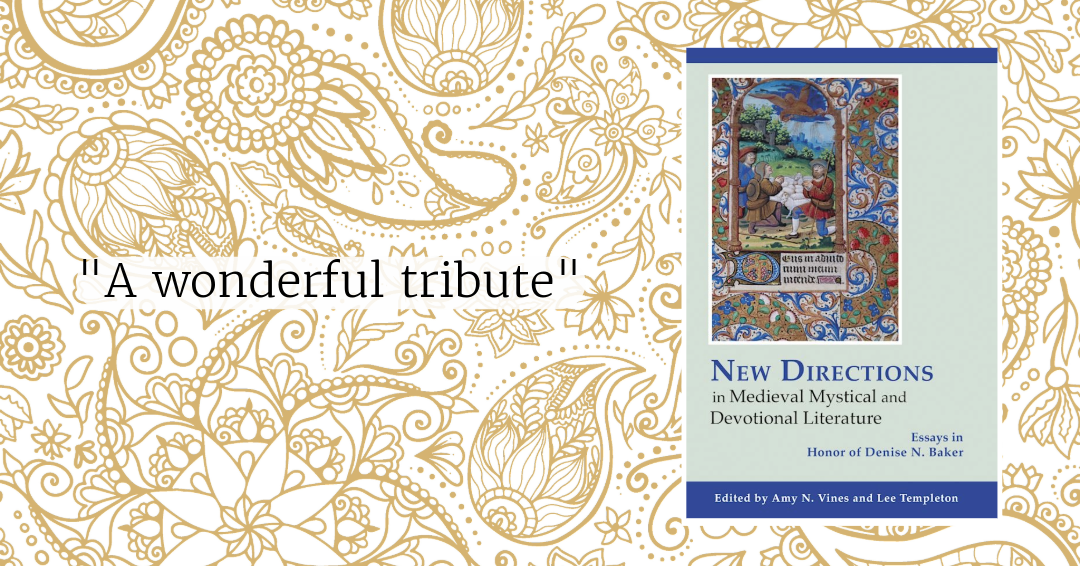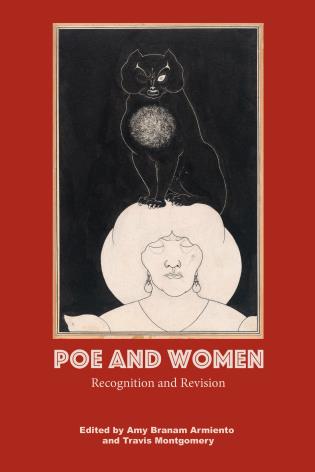Louise Schleiner
In Cultural Semiotics, Spenser and the Captive Woman, author Louise Schleiner uses concepts from A. J. Greimas to analyze The Shepheardes Calender (1579) as a discourse and as a definitive text for the Elizabethan "political unconscious," in the sense of Frederic Jameson, who also drew on Greimas. The book demonstrates sociolinguistic patterns at work in Elizabethan ideological conflicts, at a level that shows how those patterns were related to the energies of people's sexuality and their political and religious commitments. Through explaining this libidinal and political functioning of the Calender, in its time and for Spenser as a new poet, the book identifies and "ideologeme," widely observable in England of the 1580s and 1590s: that of the captive/capturing woman, a unit of interfactional and interclass discourse.
In an important redefinition of Jameson's model, Schleiner proposes that the gender hierarchy of maleness-femaleness - which is in semiotic terms a culturally constructed classematic opposition - is a characteristic component of ideologemes. The "captive woman," diversely male-possessed, serves as the emblematic carrier of legitimation and economic hegemony. The ideologeme, in its form as what is called a "narrative program," is at the same time a "desiring machine" in the psychoanalytic sense of Deleuze and Guattari; its two internal subject positions (the second one female-tagged) operate as interactive "partial objects" to enable people to produce desirous writing - writing that has drawn upon the sexual energies called into play when someone is deeply engaged with saying something.
Sharing some aims with new historicism, this culturally semiotic study aims to be, on one front, systematic and linguistically specific, on another, attentive to economics and politics. It draws upon Marxism in positing that economically based class conflict is a fundamental system of domination to be accounted for when we describe writers' identities: and within the same analytic model it also incorporates the domination system of gender.
As well as discussing Spenser, two chapters include examples from music and balladry and use the "captive woman" construct to analyze material from such figures as Lyly, Shakespeare, the composer John Dowland, the Countess of Pembroke, and Queen Elizabeth I. A concluding chapter on the Calender's proffered text-readership game shows Spenser evolving his ordering of the twelve eclogues through inventing a strategic frame for them, an implied story that both celebrates and leaves behind his passionate friendship with Gabriel Harvey.













